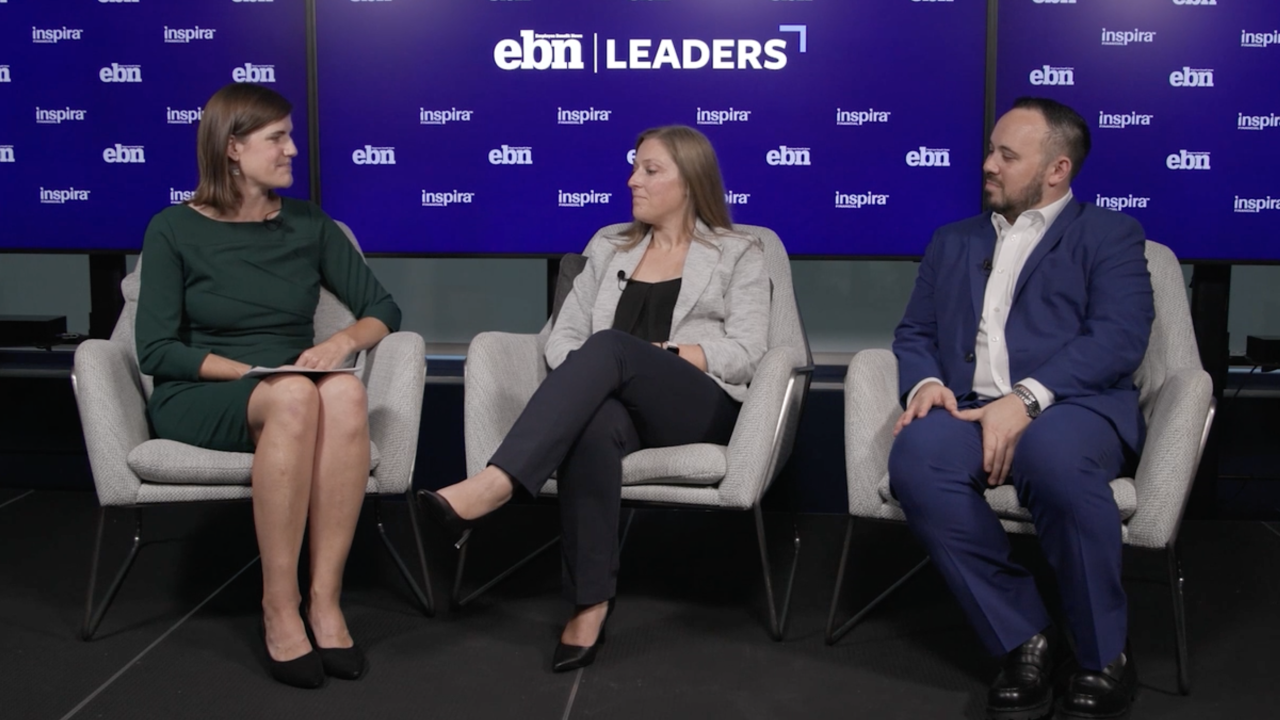Many people have been analyzing, speculating and writing about the millennial generation. This attention is warranted, though. Millennials comprise a large, unique group of individuals who are expected to make up at least 75% of our workforce by 2025.
As these young professionals enter the workforce they’re bringing a slew of new attitidues, expectations, wants and needs that employers should pay attention to.
They’re the first generation that was raised using technology. Most of them don’t know what life was like before the Internet. As a result, 93% believe that up-to-date technology is one of the most important aspects of a workplace.

But millennials don’t just want up-to-date software and newer, faster laptops. They also want a flexible work environment in a technology-enabled job that caters to their needs in their professional and personal life. Many employers are using voluntary benefits to meet these needs and create a more flexible work environment with offerings like pet insurance, extended leave, counseling service and financial education.
See also:
However, there’s a catch. A voluntary offering is useless if employees don’t pay attention to them. Millennials have admitted they don’t know as much about benefit packages that are offered as workers in other generations might and, according to research, they’re less engaged in them. This young, healthy group is more likely to list time off as the most important benefit, rather than health insurance.
When you add up these facts, you can easily see the problem here. Millennials tend to not understand the value of their benefits and the details of their plans, and therefore they may not use their benefits as much or as properly as their older colleagues. One often cited worst-case scenario is the employee who seeks emergency room care for a routine medical issue rather than using the lower-cost primary care option. And everyone knows the impact of unnecessary ER use on the employer’s benefit program costs.
Employers are spending an increasing amount of money on health insurance each year, and can’t forgo offering benefits to their employees. The average premium cost was $6,251 for individuals and $17,545 for families in 2015, according to Kaiser Family Foundation, and those numbers are forecasted to grow.
To make sure the growing millennial workforce understands and takes advantage of their benefits, employers need to focus on engagement, education and communication. As we noted, millennials are more tech-savvy than any other working generation, and technology presents the path to educate and communicate.
While hanging flyers in common areas about new benefit offerings or educational sessions may reach some employees, millennials might better consume messages posted on your company intranet, via email or even text message.
Additionally, engaging millennials in surveys or inviting them to join committees to help shape HR processes and offerings appeals to their attitudes about health and wellness, not to mention to their desire to participate and have influence. Engagement leads to a deeper understanding of benefits and empathy for the employer’s financial and cultural contributions toward the individual’s health and well-being.
Employers have a responsibility to understand their employee base, determine which communication channels will best reach their audience, and focus heavily on educating them. They’ll see higher utilization of benefits, keep their employees engaged and maybe even retain them longer. They’ll also ensure plan participants get the most out of their benefits spend.
Empowerment of the individual extends the control of insurance cost on an enterprise level, which is always high on the CFO’s wish list, given that the benefits spend is often right behind salaries on the list of company expenses.
Modernizing your approach to appeal to millennials’ preferences can help increase utilization and engagement, control costs, and set you up for success into the future.





